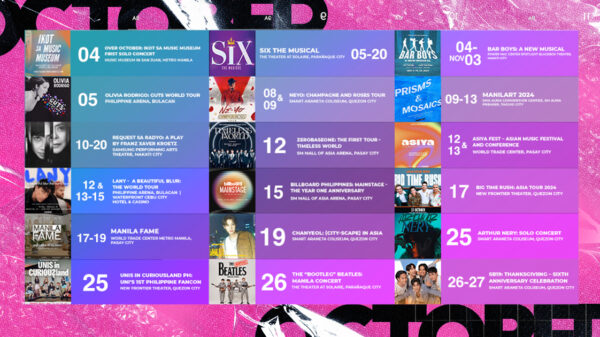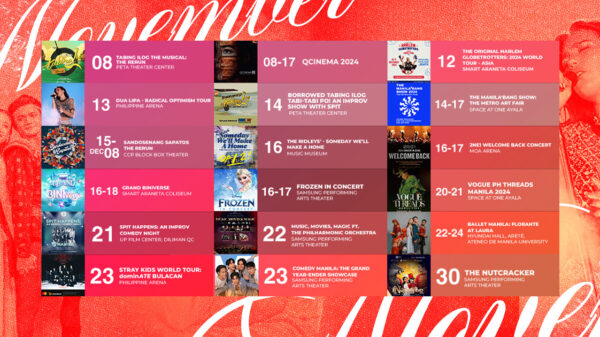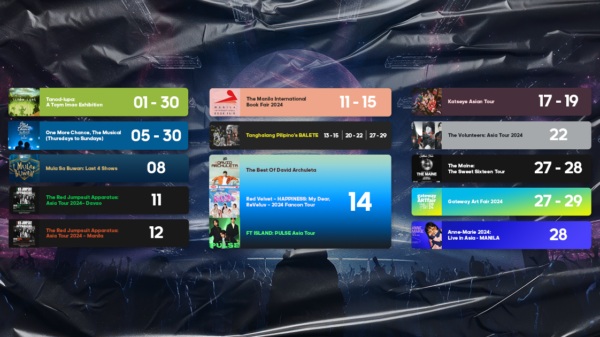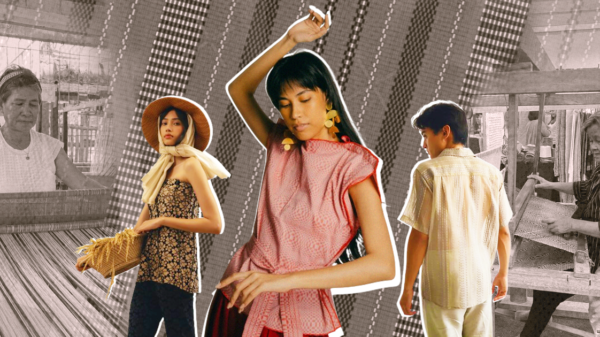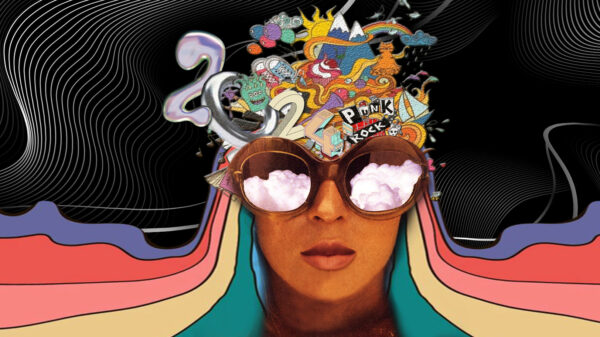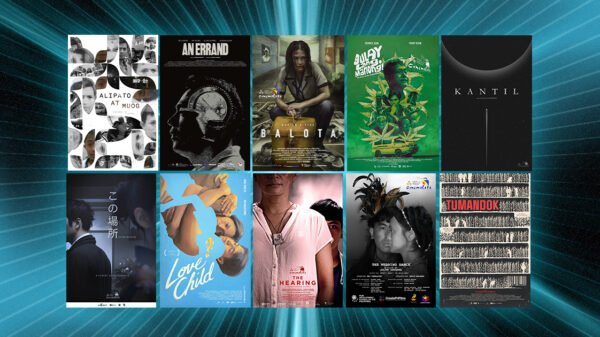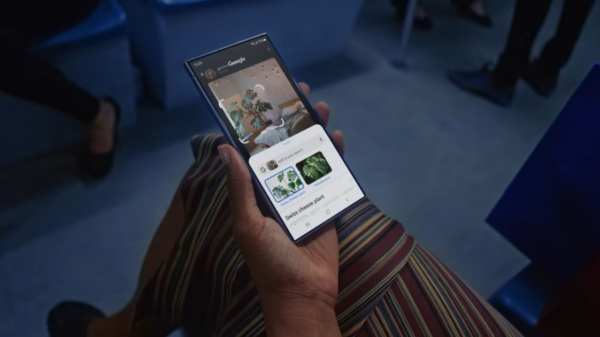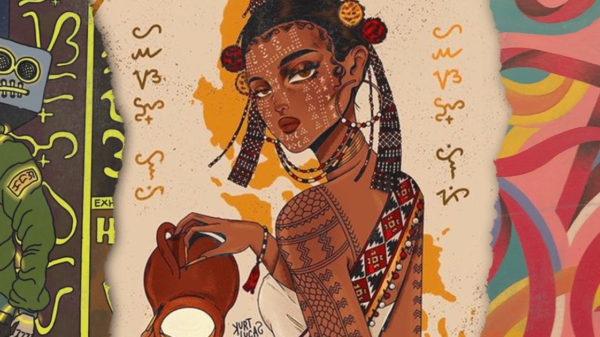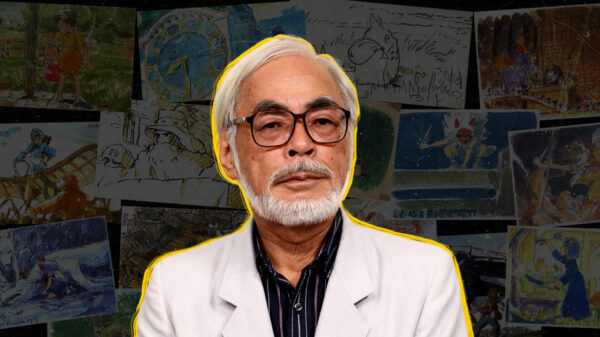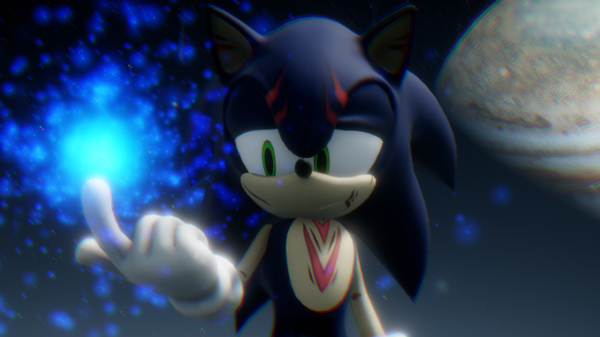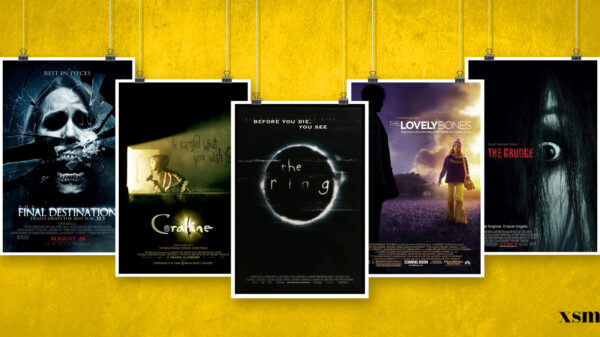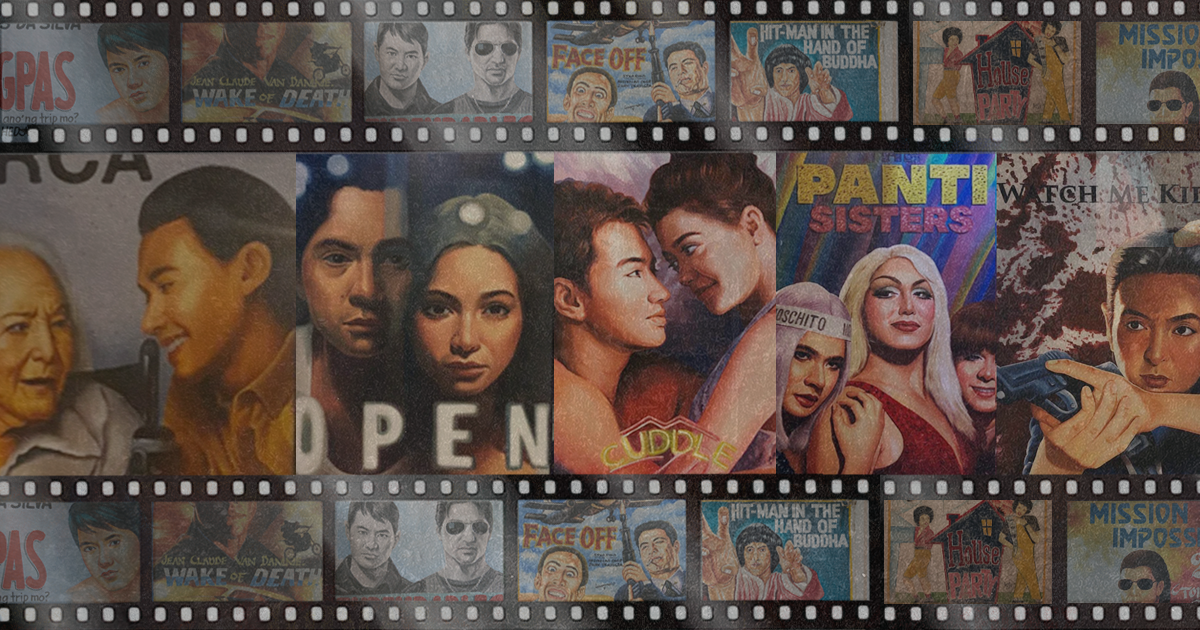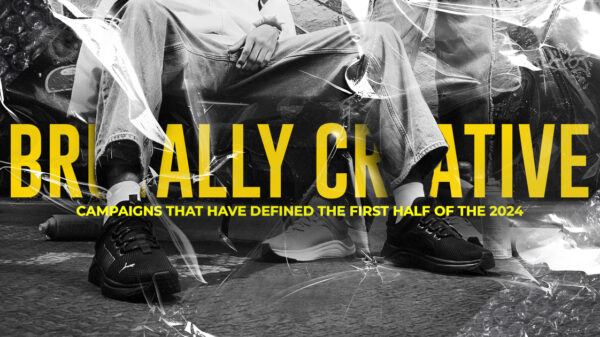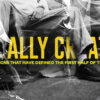Ever seen or heard of hand-painted movie billboards? The one that they use on posters from old movies? Also, did you know those hand-painted movie billboards pioneered today’s digital movie posters? Hand-painted billboards were 4 feet tall and sometimes even bigger canvases that were used in the golden age of cinematography. It is used to display a snippet of a movie’s nature to spark anticipation and excitement in the eyes of the passersby using vibrant colors, elements, and text.
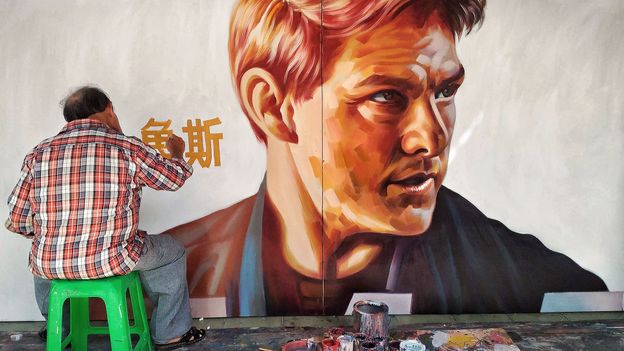
Although the future of hand-painted movie billboards is yet to be stated, the expanding systems of cinematography show more attention and demand for digital movie posters rather than traditional ones. In this article, we would like to discuss the use of hand-painted movie billboards, how it contributed to today’s digital era, and lastly, why this type of art is declining in today’s ever-growing society of innovations.
A leap from the pioneering years
Back in the 1890s, the first recorded use of hand-painted movie posters was done by Jules Cheret, a French painter and lithographer, who created the poster for a short film named Projections Artistiques. Furthermore, he created the movie poster for Pantomimes Lumineuses, a theatrical optique made by Émile Reynaud and one of the early movies created through the use of motion pictures.
After a short period of passing years, the use of hand-painted billboards became known and was used by filmmakers to show the crowd a hint to what the movie is all about while giving the crowd a vibe of thrill, curiosity, and excitement into a single piece of canvas. Although it was known in the 1890s to 1900s, the time it became popular and in demand is still yet to be explored. Between the 1920s and 1980s, its popularity began and was used worldwide, especially in Western films. Some iconic Western movies from the 1970s to 1980s use hand-painted techniques like Monty Python: Holy Grail, Star Wars IV, and the Airplane.
The Philippines was also heavily influenced by hand-painted movie posters. From films created by authentic Filipino film directors to artists who display them for stand-alone movie houses. Movies created by film directors such as Lino Brocka, Fernando Poe Jr. and many other known film directors in the Philippines, film posters for their films were also influenced by hand-paint, Fernando Poe Jr.’s Panday, Nora Aunor’s original Bakekang, and Edgar Mortiz’s Young Love. Back in the Philippines’ golden days of hand-painted movie posters and billboards, some cinemas didn’t have the original posters for movies so they commissioned different artists to copy posters and hand-paint them.
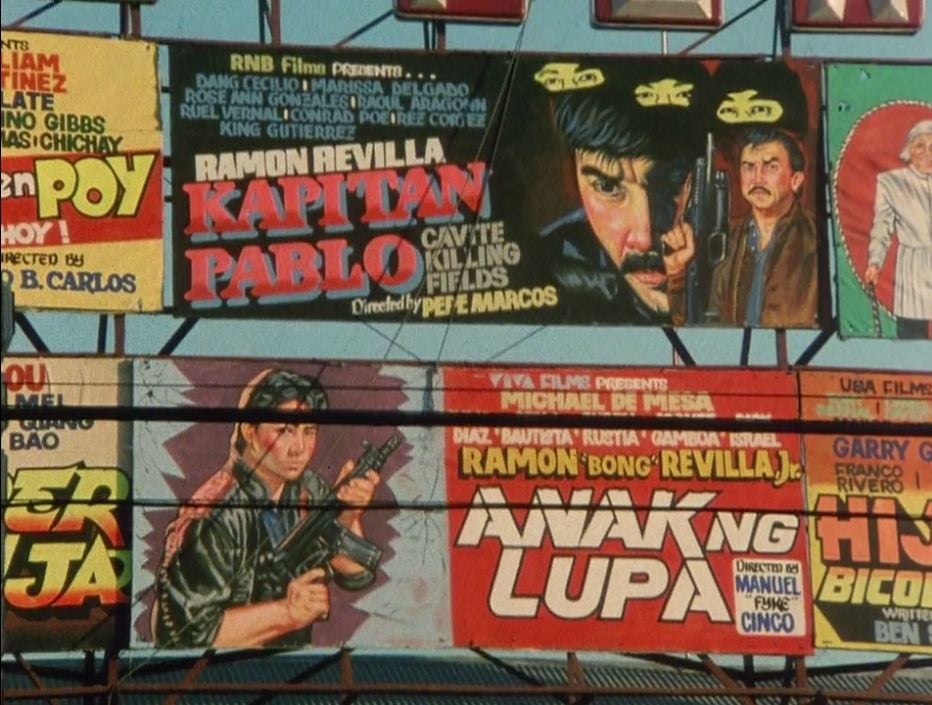
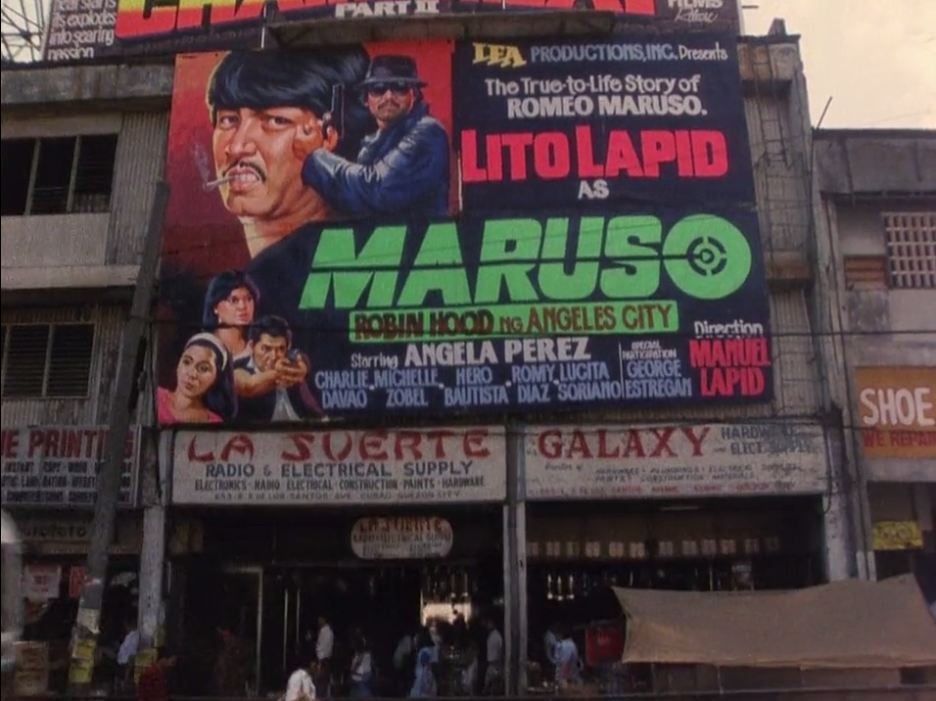
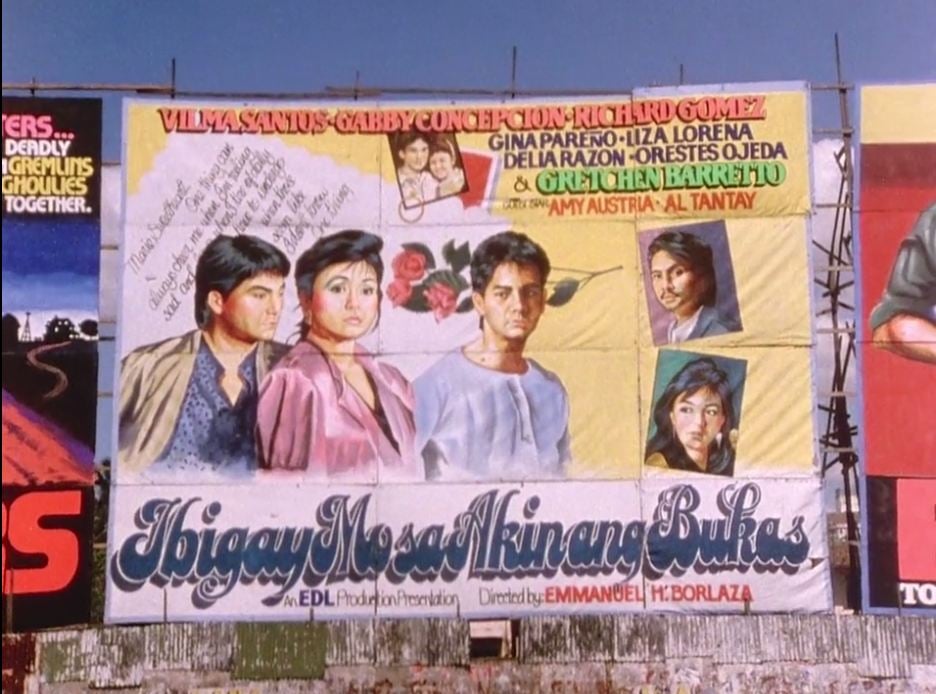
The rise of architectural giants gave birth to cinemas, television became marketed and in-demand in 1927, and people became more obsessed with mass media which resulted in the production of more films and more commissions for artists. Thus, the priming years of hand-painted movie billboards started.
Behind its mastery
The time and effort that it would take to create hand-painted movie billboards and posters are immense, showcasing one’s ability to produce an art piece that speaks engrossment, dedication, and investment to the intricate process of making hand-painted movie posters and billboards. Acrylics, paintbrush, canvas, rulers, guidelines, and a handful of creativity are what’s needed to create such captivating artworks making the characters and stories feel like they exist in the material world, after the painting is done, artists then proceed to layer their huge canvases with clear glue, covering the artwork to protect them from dirt, rain, and sun exposure to maintain the vibrant colors of the posters.
A notable artist named Vasilis Dimitriou created hand-painted movie billboards and posters and produced more than 8,000 artworks throughout his life was present for more than five decades, from Clint Eastwood films to Leonardo Dicarpio’s films he was present and still producing more artworks even after announcing his Parkinson’s disease that would lead him to his inevitable passing. He stated in his interview in 2014 that there are noticeable changes in cultures in the field of cinematography — along with his frustration about the declining numbers of hand-painted movie posters and billboard artists.
The Ghanian legacy
The hand-painted movie billboard industry in Ghana, often referred to as “Ghanaian movie posters,” is a unique art form that emerged in the 1980s. With their bright colors and an iconography adapted to the Ghanaian audiences, these paintings immediately caught the attention of the people and made them much more likely to go to the cinema than the normal posters that were printed in Nigeria. Before the advent of digital printing and promotional materials, local artists would hand-paint large-scale billboards to advertise upcoming films in the country. These billboards were displayed outside movie theaters and video rental shops, catching the attention of passersby.
Ghanaian movie posters gained international recognition for their distinctive style, characterized by bold and colorful imagery, exaggerated characters, and dramatic scenes. The artists employed their creativity to depict the themes, stories, and stars of the films, often adding their own interpretations and embellishments. As a result, the hand-painted movie billboards became highly sought after and collected as unique works of art.
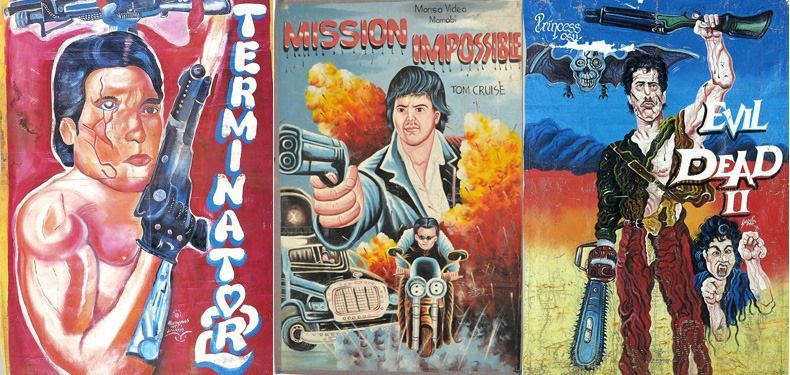
The artists used various materials and techniques to create these billboards. They typically worked on large canvases, often made from used flour sacks stitched together. The images were hand-painted using oil paints or enamel, and the artists employed brushes, rollers, and stencils to achieve different textures and effects. They possessed great skill in capturing the likenesses of the actors and actresses, despite often not having access to official promotional materials.
The movie billboard industry in Ghana was largely a grassroots movement, with artists setting up small studios or working independently. They would collaborate with film distributors, theater owners, or video rental shops to create custom posters tailored to the local market. These posters served as crucial marketing tools in a country with limited access to technology and traditional advertising methods.
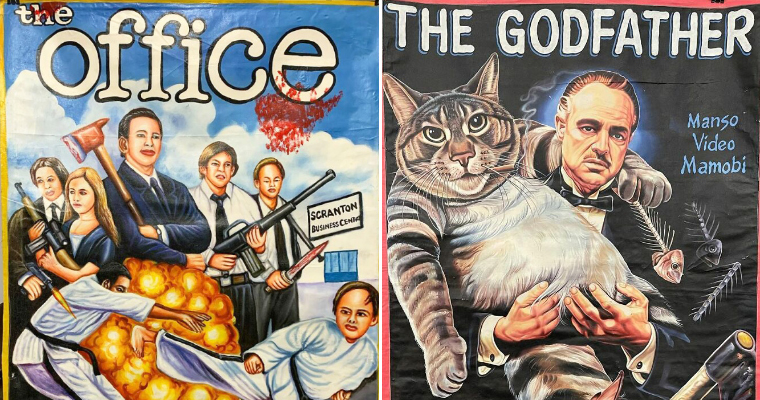
Over time, the rise of digital printing and mass-produced posters reduced the demand for hand-painted billboards. However, the art form still holds a special place in Ghanaian culture and continues to be appreciated by art enthusiasts and collectors worldwide. In recent years, there has been a resurgence of interest in Ghanaian movie posters, with exhibitions, documentaries, and books celebrating this unique form of artistic expression.
The hand-painted movie billboard industry in Ghana represents the ingenuity and resourcefulness of local artists who used their talent to create visually striking and memorable artworks. It stands as a testament to the power of art to transcend its intended purpose and capture the imagination of people across different cultures.
How the digital era dominated hand-painted billboards
The rapid growth of cinematography fully maneuvered to a new path and hand-painted movie posters starts to fade, filmmakers relied on digitally produced movie posters because of their more comprehensive, and more time-efficient production of posters, and accurate depiction of facial structure and removal of imperfections through editing pixels, ever since television ads and marketing obtained the upper hand outdoor advertisements in the field of hand-painted movie posters decreased rapidly, leaving them out of the picture and the era of hand-painted movie posters has run its course.

There are still traditional artists that still use the practices of hand-painted movie posters, an interview with an artist in the Philippines who continued his father’s business in hand-painted commissions mentioned that amidst the fall of hand-painted movie posters, most artists experienced and felt the dissolving financial opportunities upon continuing this art, the business still runs up to this day, operating commissions for standalone movie houses in the Philippines. Some artists would sometimes reuse tarpaulins and canvases after some time to save their budget on canvases instead of buying new ones, this shows that ever since the start of the art styles downfall, some are already looking for substitutes to instill their value in art in this rising world of technology.
Conclusion
The Era of hand-painted movie posters were one of the early records of designs from combining typography with elements of painting to capture the crowd’s attention, its priming years have ended since the start of digitally produced movie posters because of the efficiency and accuracy it displays are unmatched compared to hand-painted movie posters, but without them, digitally Produced Movie posters may not exist, all in all, Traditional Hand painted posters are deeply admired and appreciated for their contribution in today’s digital version of movie posters.







